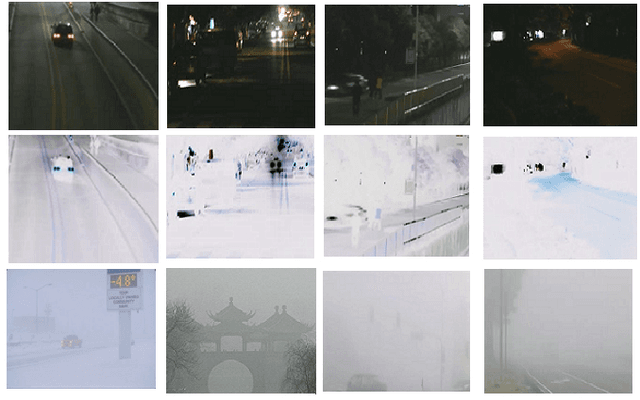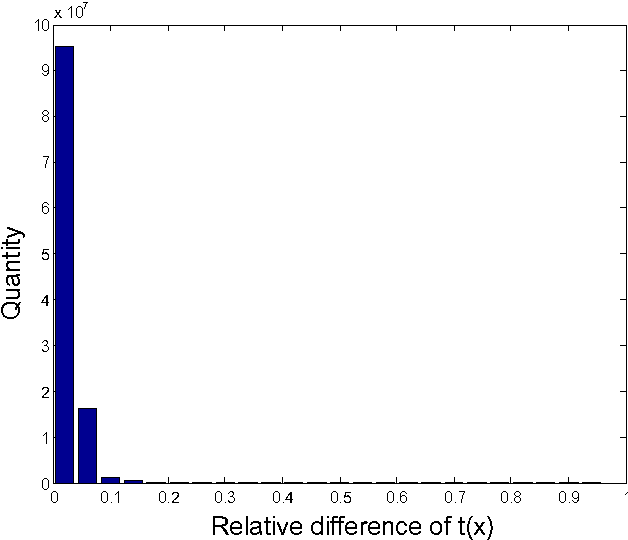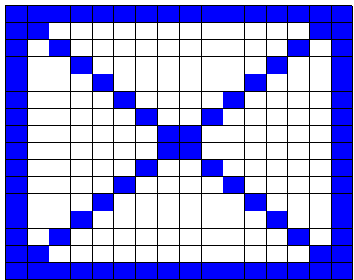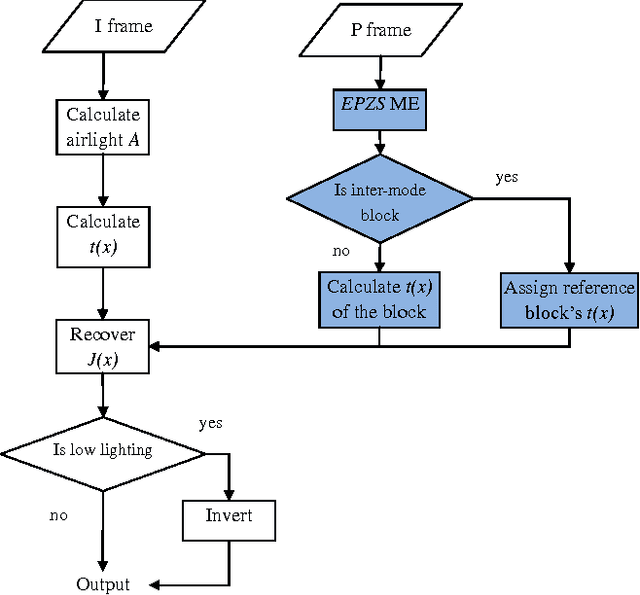Pang
New Bounds on the Size of Binary Codes with Large Minimum Distance
Feb 07, 2022Abstract:Let A(n, d) denote the maximum number of codewords in a binary code of length n and minimum Hamming distance d. Deriving upper and lower bounds on A(n, d) have been a subject for extensive research in coding theory. In this paper, we examine upper and lower bounds on A(n, d) in the high-minimum distance regime, in particular, when $d = n/2 - \Theta(\sqrt{n})$. We will first provide a lower bound based on a cyclic construction for codes of length $n= 2^m -1$ and show that $A(n, d= n/2 - 2^{c-1}\sqrt{n}) \geq n^c$, where c is an integer with $1 \leq c \leq m/2-1$. With a Fourier-analytic view of Delsarte's linear program, novel upper bounds on $A(n, n/2 - \sqrt{n})$ and $A(n, n/2 - 2 \sqrt{n})$ are obtained, and, to the best of the authors' knowledge, are the first upper bounds scaling polynomially in n for the regime with $d = n/2 - \Theta(\sqrt{n})$.
Coding for Crowdsourced Classification with XOR Queries
Jun 25, 2019Abstract:This paper models the crowdsourced labeling/classification problem as a sparsely encoded source coding problem, where each query answer, regarded as a code bit, is the XOR of a small number of labels, as source information bits. In this paper we leverage the connections between this problem and well-studied codes with sparse representations for the channel coding problem to provide querying schemes with almost optimal number of queries, each of which involving only a constant number of labels. We also extend this scenario to the case where some workers can be unresponsive. For this case, we propose querying schemes where each query involves only log n items, where n is the total number of items to be labeled. Furthermore, we consider classification of two correlated labeling systems and provide two-stage querying schemes with almost optimal number of queries each involving a constant number of labels.
An Efficient and Integrated Algorithm for Video Enhancement in Challenging Lighting Conditions
Feb 16, 2011



Abstract:We describe a novel integrated algorithm for real-time enhancement of video acquired under challenging lighting conditions. Such conditions include low lighting, haze, and high dynamic range situations. The algorithm automatically detects the dominate source of impairment, then depending on whether it is low lighting, haze or others, a corresponding pre-processing is applied to the input video, followed by the core enhancement algorithm. Temporal and spatial redundancies in the video input are utilized to facilitate real-time processing and to improve temporal and spatial consistency of the output. The proposed algorithm can be used as an independent module, or be integrated in either a video encoder or a video decoder for further optimizations.
 Add to Chrome
Add to Chrome Add to Firefox
Add to Firefox Add to Edge
Add to Edge